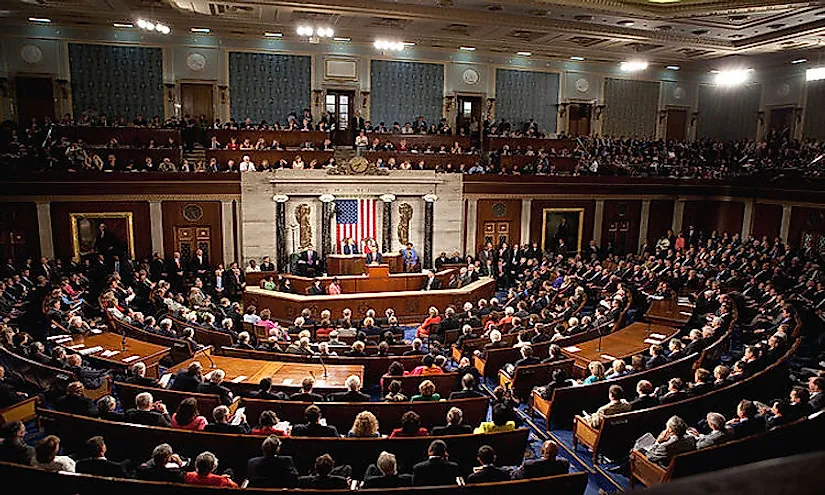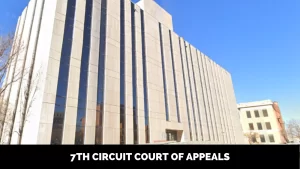Who Can Overturn a Supreme Court Decision: Navigating the Balance of Power
The Constitution’s Framers had a vision of a balanced government, structured to prevent any single branch from wielding excessive control. Central to this framework was the establishment of federal courts independent from Congress and the executive branch. Among these courts, the Supreme Court was given a unique status. While designed to be separate, the Constitution also acknowledges the potential for influence between the judiciary and political branches. This article delves into the dynamics of who can overturn a Supreme Court decision, the delicate interplay between the branches, and recent discussions surrounding Supreme Court reform.
The Constitutional Landscape
The Founding Fathers meticulously designed the Constitution to ensure a system of checks and balances. They recognized the importance of a judiciary that could operate free from political pressures. However, complete separation wasn’t the intention. The Constitution grants political branches, notably Congress, significant power to regulate and influence federal courts. This includes aspects of the Supreme Court’s structure and procedures.
Navigating the Influence
Congress’s role in shaping the Supreme Court cannot be underestimated. The power to confirm judicial nominees and regulate the Court’s procedures is constitutionally embedded. This influence is reflected in the Court’s procedures for handling emergency litigation and even extends to concerns about the politicization of the Court’s rulings. Longstanding practice and decisions confirm Congress’s authority to regulate various aspects of the Court’s functioning.
Stirring the Debate
Throughout American history, the question of how to regulate and reform the Supreme Court has stirred public attention. Recent years have seen renewed focus on key areas of concern, including the Court’s handling of emergency litigation, the selection and confirmation of judicial nominees, and disagreements with certain decisions. These discussions have given rise to a range of reform proposals.
Court Reform Proposals
Prominent reform proposals can be categorized into two main groups: those that aim to alter the size of the Supreme Court and those advocating for term or age limits for Justices. While Congress can adjust the Court’s size through ordinary legislation, implementing term or age limits would likely necessitate a constitutional amendment. These proposals, often referred to as “court packing” and “term limits,” raise intricate constitutional questions that require thorough examination.
Expanding the Spectrum
Beyond changes to size and tenure, proposals have surfaced to modify the Court’s jurisdiction and procedures. These include altering the Court’s motions docket, restricting its appellate jurisdiction for specific case categories, imposing voting rules that demand a supermajority agreement, enabling Congress to override Court decisions, introducing new ethical guidelines for Justices, and enhancing transparency through mechanisms such as video recordings of proceedings. Each proposal comes with its own set of implications and considerations.
The Road Ahead
The dynamics surrounding the Supreme Court’s role, powers, and potential reforms are complex and multifaceted. Balancing the principles of judicial independence with the need for effective governance is an ongoing challenge. As discussions around Supreme Court reform persist, it’s imperative to remember the delicate equilibrium that the Constitution’s Framers sought to achieve.
Frequently Asked Questions
1. Can Congress change the size of the Supreme Court? Yes, Congress has the authority to adjust the Court’s size through regular legislation.
2. Do proposals for term limits require a constitutional amendment? Yes, proposals for term or age limits for Justices would likely require a constitutional amendment.
3. What are some examples of Supreme Court reform proposals? Prominent proposals include court packing, term limits, changes to the Court’s jurisdiction, and voting rule modifications.
4. How does the Constitution prevent excessive influence on the federal courts? The Constitution establishes a balance of power between branches, allowing for regulation while ensuring judicial independence.
5. Why is the Supreme Court’s unique status significant? The Supreme Court’s special role within the constitutional system is recognized as pivotal to maintaining a balanced government.







